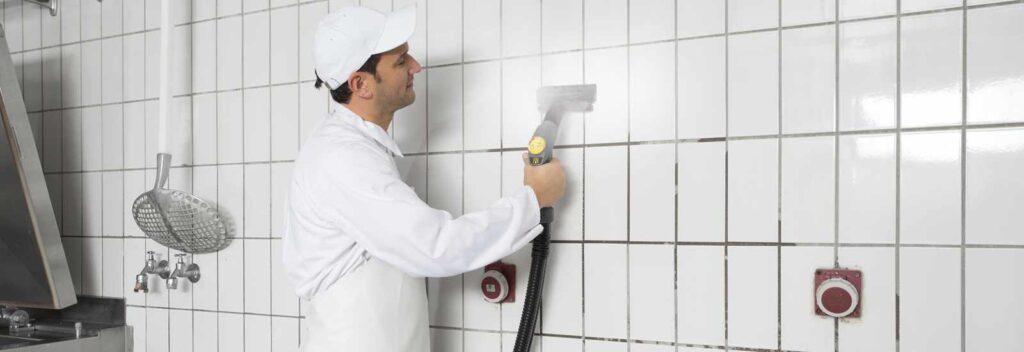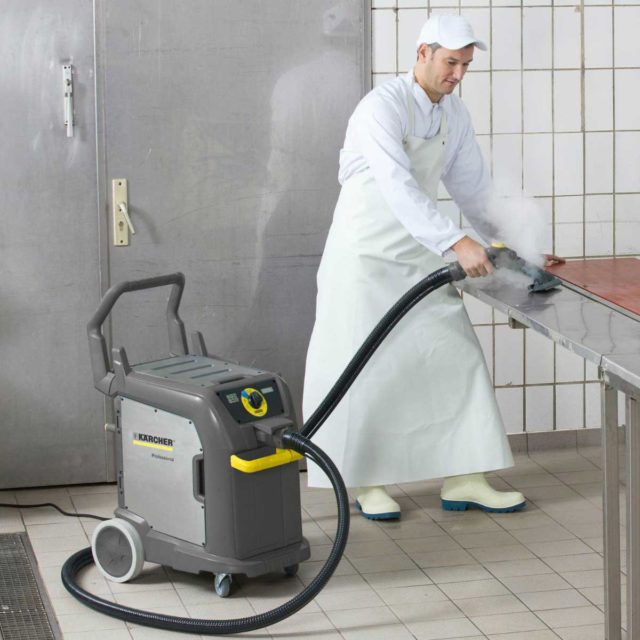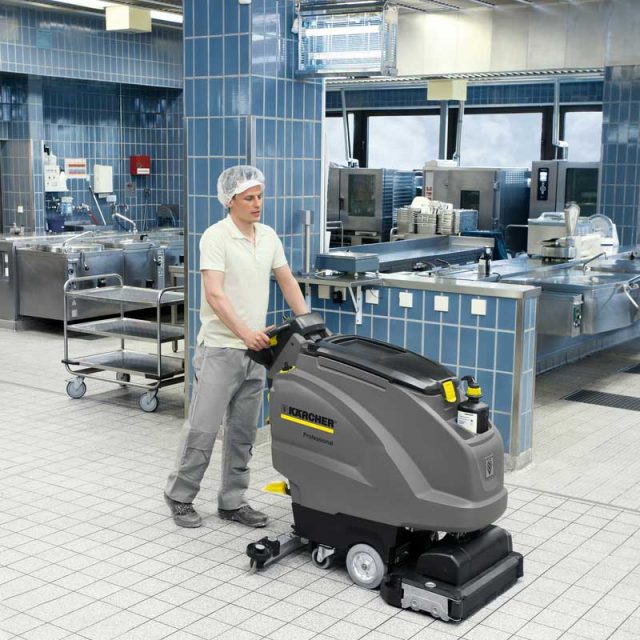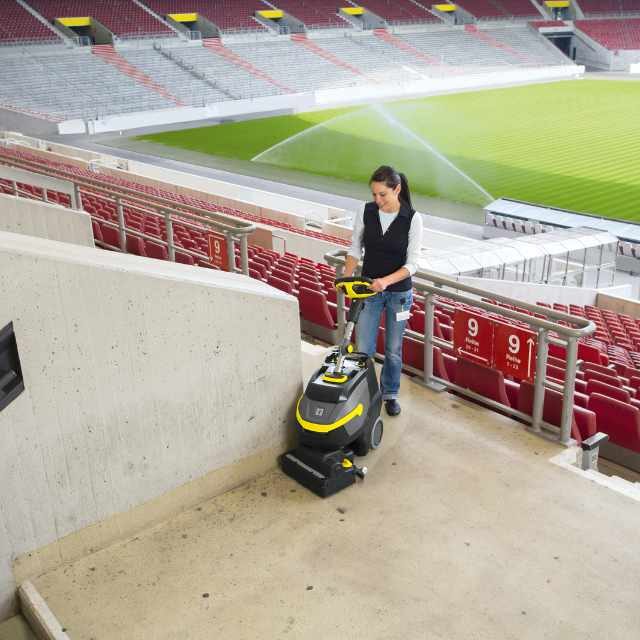Steam cleaners are becoming increasingly popular thanks to their ability to clean and sanitise a variety of surfaces effectively. Whether you’re refreshing carpets, tackling grease in the kitchen, or restoring tiles to their former glory, a steam cleaner is a versatile tool that delivers outstanding results. In this guide, we’ll walk you through how to use a steam cleaner for different purposes, ensuring you make the most of this powerful cleaning device.

How to Use a Steam Cleaner on Carpets
One of the most common uses for a steam cleaner is carpet cleaning. A steam cleaner not only lifts dirt and stains but also refreshes fibres and eliminates bacteria. Here’s how to use a steam cleaner on your carpet step by step:
Preparation is Key
-
- Remove all furniture from the area to avoid damage, especially wooden pieces.
- Vacuum the carpet thoroughly to pick up loose debris, pet hair, and dust.
Set Up Your Steam Cleaner
-
- Fill your steam cleaner’s tank with water and, if required, the recommended amount of cleaning solution. Avoid overloading the cleaner with detergent, as this can damage both your carpet and the steam cleaner.
- Allow the machine to heat up and build pressure before starting.
Cleaning Technique
-
- Begin in the farthest corner of the room, working your way out in straight lines to avoid stepping on cleaned areas.
- Move the steam cleaner slowly to allow the steam to penetrate deep into the carpet fibres.
Post-Cleaning Checks
-
- Inspect the carpet for any areas with excess cleaning solution. If needed, make another pass using plain water.
- Allow the carpet to dry completely. Open windows or use fans to speed up the drying process and prevent a damp smell.
Using a Kärcher steam cleaner for carpet cleaning ensures professional-grade results, with their advanced technology effectively handling tough stains and embedded dirt.
How to Use a Steam Cleaner on Tiles
Tiles in kitchens and bathrooms can accumulate grease, grime, and mildew. Using a steam cleaner is an efficient way to restore their shine without harsh chemicals. Follow these steps:
Prepare the Surface
-
- Remove any loose dirt or debris from the tiles.
- If there are heavy grease deposits, attach a microfiber cloth or spiral scourer to your steam cleaner.
Start Steaming
-
- Use the steam cleaner to loosen dirt and grime. Kärcher steam cleaners come with specialised attachments, such as brushes and microfiber pads, that make cleaning easier.
- If your steam cleaner lacks these, you may need to wipe away loosened dirt with a cloth after steaming.
Tackle Grouting
-
- For grout lines, use a detail nozzle or a small brush attachment to target dirt effectively. Our steam commercial steam cleaner models often include these for precision cleaning.
- Be cautious with silicone grouting, as prolonged exposure to steam can cause damage.
Final Touches
-
- After steaming, wipe down tiles with a clean, dry cloth to remove any residual moisture and dirt.
Sanitising Surfaces with a Steam Cleaner
Steam cleaners excel at sanitising both hard and soft surfaces, making them ideal for kitchens, bathrooms, and even upholstery. Here’s how to use the steam cleaner for sanitisation:
Understand Sanitising vs Disinfecting
-
- Sanitising reduces germs to safe levels, while disinfecting aims for near-total elimination of bacteria and viruses. Steam cleaners typically sanitise effectively, especially when using dry steam.
Prepare the Area
-
- Remove debris from the surface you’re sanitising. For example, clear crumbs from kitchen countertops or sweep floors before steaming.
- Test a small, inconspicuous area first, particularly on delicate surfaces like laminate, as high temperatures can cause damage.
Steam the Surface
-
- Move the steam cleaner slowly across the area, ensuring even coverage. Avoid lingering in one spot, particularly on laminate flooring or areas with silicone or plastic fittings.
- For intricate areas like hob edges or corners, use a detail nozzle for precision.
Finishing Touches
-
- After steaming, wipe down surfaces with a clean cloth to remove any loosened dirt or residue.
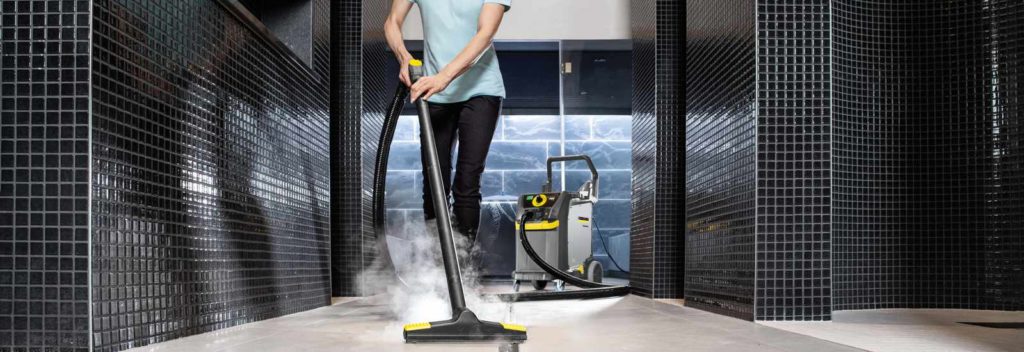
Why Choose Kärcher Steam Cleaners?
Kärcher commercial steam cleaners are designed to make cleaning effortless, with specialised attachments and advanced features that cater to various surfaces. From deep-cleaning carpets to tackling tile grout, our models deliver reliable, professional-quality results. If you’re unsure whether to invest in a machine, our steam cleaner hire options are a cost-effective way to try before you buy.
Final Tips for Using a Steam Cleaner
- Always read the user manual of your steam cleaner to understand specific instructions for your model.
- Regularly clean your steam cleaner’s attachments and tank to ensure optimal performance.
- Never use a steam cleaner on untreated wood, unsealed concrete, or delicate fabrics unless explicitly recommended by the manufacturer.
By following these steps, you’ll maximise the cleaning potential of your steam cleaner while protecting your surfaces.
